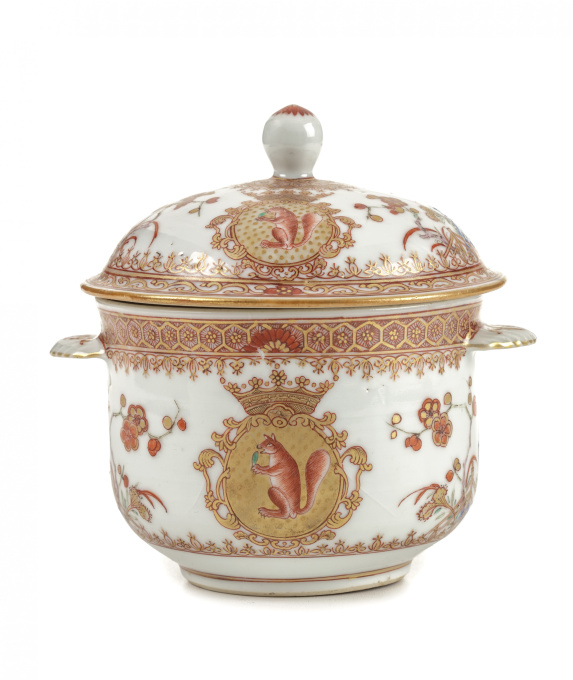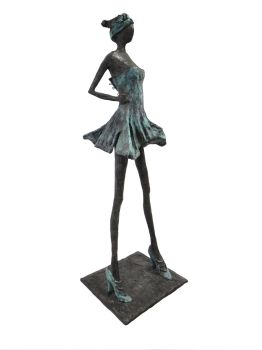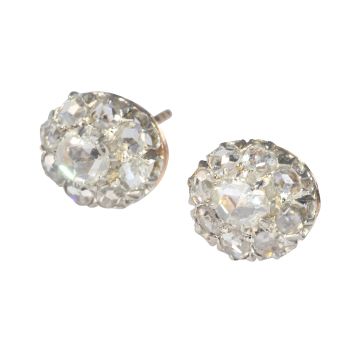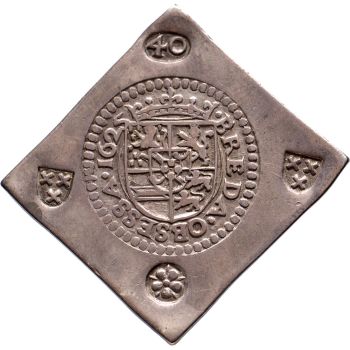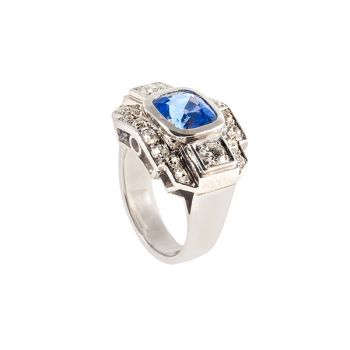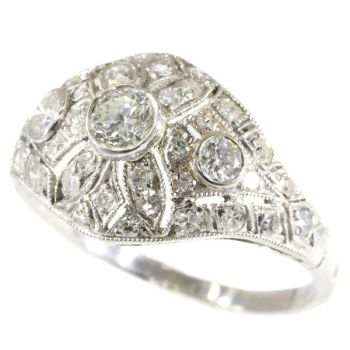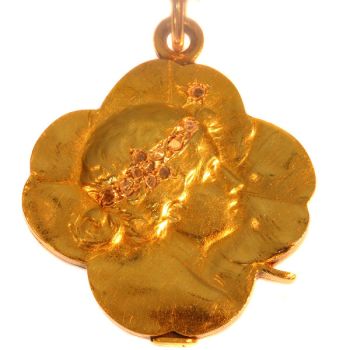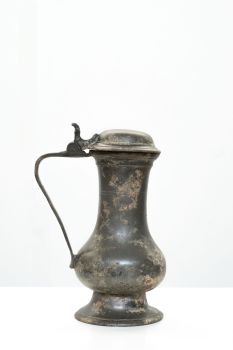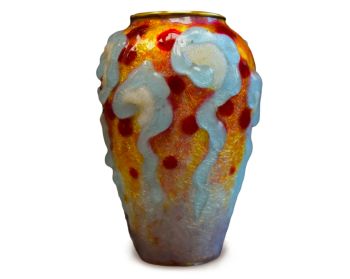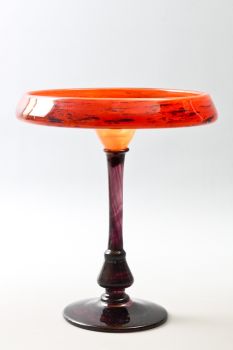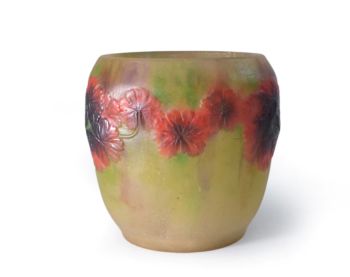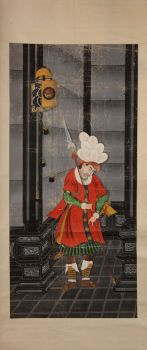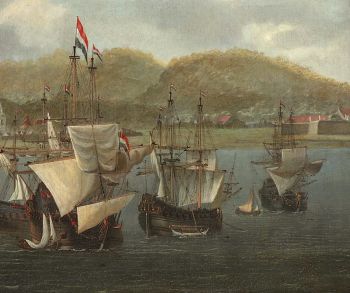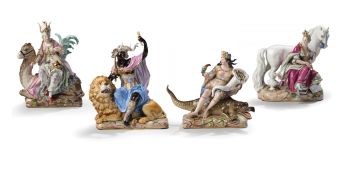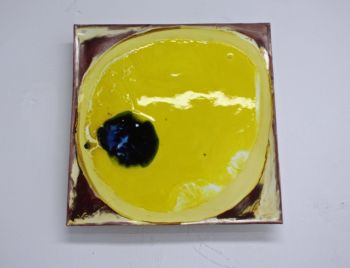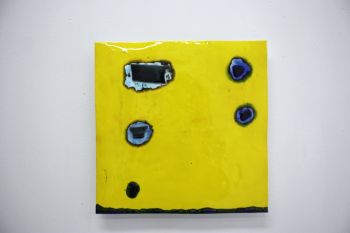ZUCCHERIERA E COPERCHIO PER ZUCCHERI "SICHTERMAN" IN PORCELLANA DA ESPORTAZIONE CINESE, KANDIJPOT 1730 - 1735
Artista Sconosciuto
PorcellanaPorcellana cinese
13 ⨯ 11 cm
Attualmente non disponibile tramite Gallerease
Zebregs & Röell - Fine Art - Antiques
- A proposito di opere d'arteA CHINESE EXPORT PORCELAIN 'SICHTERMAN' SUGAR BOWL AND COVER, KANDIJPOT
Yongzheng period, circa 1730-1735
Both the bowl and the lid decorated in iron-red, blue, yellow and green enamels and gold, showing a squirrel in profile eating a nut, surrounded by bamboo and floral sprays, the bowl restored.
W. 13.7 x H. 11 cm
Note:
The shape of this Chine de commande bowl and cover copies a European model sugar bowl and belonged probably to one of the first of altogether eight services ordered by Jan Albert Sichterman (1692-1764), and sent to the Netherlands from about 1730 onwards on board Dutch East Indiamen, but also on Swedish, English and Ostend ships.
Jan Albert Sichterman was the richest man of Groningen after his return in 1744 from the East Indies and was called “de Koning van Groningen”.
After a duel for which Jan Albert, as a soldier, would probably have been convicted in a court-martial, he had to escape the country and in 1716 sailed for the East Indies. There he had a brilliant career in the Dutch factories on the Ganges river in Bengal. First in Houghly from 1717 till 1723, then as head of the factory in Cassimbasar from 1725 till 1734 and finally as Director of Bengal in Houghly till 1744. In 1721 he had married Sibylla Volkera Sadelijn (1699-1781) in Houghly, daughter of Jacob Sadelijn who was Jan Albert’s predecessor as Director of Bengal, and Anna Françoise Pelgrom, daughter of Jacob Pelgrom (see item 39), Director of Bengal from 1701 till 1705. Jan Albert set up a silk and cotton weaving mill and had a significant impact on the trade of cotton and silk fabrics to the Netherlands. However, his fortune he made in private (illegal) trade and smuggling.
After his death in 1764, most of his belongings were auctioned including a total of over 4000 pieces of porcelain, including probably about 400 pieces of armorial porcelain.
- A proposito di opere artista
Può succedere che un artista o un creatore sia sconosciuto.
Alcune opere non sono determinate da chi sono state realizzate o sono state realizzate da (un gruppo di) artigiani. Esempi sono statue dell'antichità, mobili, specchi o firme non chiare o leggibili ma anche alcune opere non sono affatto firmate.
Inoltre puoi trovare la seguente descrizione:
•"Attribuito a …." A loro avviso probabilmente opera dell'artista, almeno in parte
•“Studio di ….” o “Officina di” A loro avviso un'opera eseguita nello studio o nella bottega dell'artista, eventualmente sotto la sua supervisione
•“Cerchio di…” A loro avviso un'opera del periodo dell'artista che mostra la sua influenza, strettamente legata all'artista ma non necessariamente al suo allievo
•"Stile di..." o "Seguace di..." A loro avviso un'opera eseguita nello stile dell'artista ma non necessariamente da un allievo; può essere contemporaneo o quasi contemporaneo
•“Modalità di…” A loro avviso un'opera nello stile dell'artista ma di epoca successiva
•"Dopo …." A loro avviso una copia (di qualsiasi data) di un'opera dell'artista
•“Firmato…”, “Datato…” o “Iscritto” A loro avviso l'opera è stata firmata/datata/inscritta dall'artista. L'aggiunta di un punto interrogativo indica un elemento di dubbio
•"Con firma....", "Con data...", "Con iscrizione..." o “Riporta firma/data/iscrizione” a loro avviso la firma/data/iscrizione è stata aggiunta da qualcuno diverso dall'artista
Sei interessato ad acquistare questa opera d'arte?
Artwork details
Related artworks
Artista Sconosciuto
Anello retrò in platino con diamanti e zaffiro1940 - 1950
Prezzo su richiestaLyppens Juweliers
1 - 4 / 12Artista Sconosciuto
Series of 6 Chinese cups and saucers (Yongzheng period)1722 - 1735
Prezzo su richiestaKuipers Kunst & Antiek
Artista Sconosciuto
Series of 6 Chinese cups and saucers (Yongzheng period)1722 - 1735
Prezzo su richiestaKuipers Kunst & Antiek
1 - 4 / 12- 1 - 4 / 24
Artista Sconosciuto
A silver spoon commemorating Juff’ Margareta van Hoorn1656 - 1694
Prezzo su richiestaZebregs & Röell - Fine Art - Antiques
Artista Sconosciuto
UN CONTENITORE PER DOCUMENTI DELLO SRI LANKA IN ARGENTO DORATO19th century
Prezzo su richiestaZebregs & Röell - Fine Art - Antiques
Artista Sconosciuto
UN NETSUKE IN AVORIO DI UN OLANDESE CHE TIENE UN GALLETTO18th century
Prezzo su richiestaZebregs & Röell - Fine Art - Antiques
Artista Sconosciuto
UN PICCOLO NETSUKE IN AVORIO DI UN OLANDESE CON UN TAMBURO1750 - 1800
Prezzo su richiestaZebregs & Röell - Fine Art - Antiques
Shiba Kokan
Dipinto di un olandese di fantasiaearly 19th
Prezzo su richiestaZebregs & Röell - Fine Art - Antiques
1 - 4 / 24Artista Sconosciuto
Series of 6 Chinese cups and saucers (Yongzheng period)1722 - 1735
Prezzo su richiestaKuipers Kunst & Antiek
Artista Sconosciuto
A large Japanese Imari porcelain 'VOC Groningen' dish1800 - 1925
Prezzo su richiestaZebregs & Röell - Fine Art - Antiques
1 - 4 / 24Roland Strasser
Geisha giapponese20th century
Prezzo su richiestaZebregs & Röell - Fine Art - Antiques
Artista Sconosciuto
A Surinam-themed Amsterdam long-case clock1746 - 1756
Prezzo su richiestaZebregs & Röell - Fine Art - Antiques
 A cura di
A cura diGallerease Magazine
Artista Sconosciuto
Olandesi in miniatura (Netsuke)1700 - 1900
Prezzo su richiestaZebregs & Röell - Fine Art - Antiques
Artista Sconosciuto
COPPETTA CROGIOLO PICCOLA SAWASA GIAPPONESE 'FORMA PESCA'early 18th
Prezzo su richiestaZebregs & Röell - Fine Art - Antiques
Artista Sconosciuto
UN PICCOLO NETSUKE IN AVORIO DI UN OLANDESE CON UN TAMBURO1750 - 1800
Prezzo su richiestaZebregs & Röell - Fine Art - Antiques
Thea G.F. Eschauzier
Ritratto di una ragazza giavanese1931
Prezzo su richiestaZebregs & Röell - Fine Art - Antiques
1 - 4 / 12

